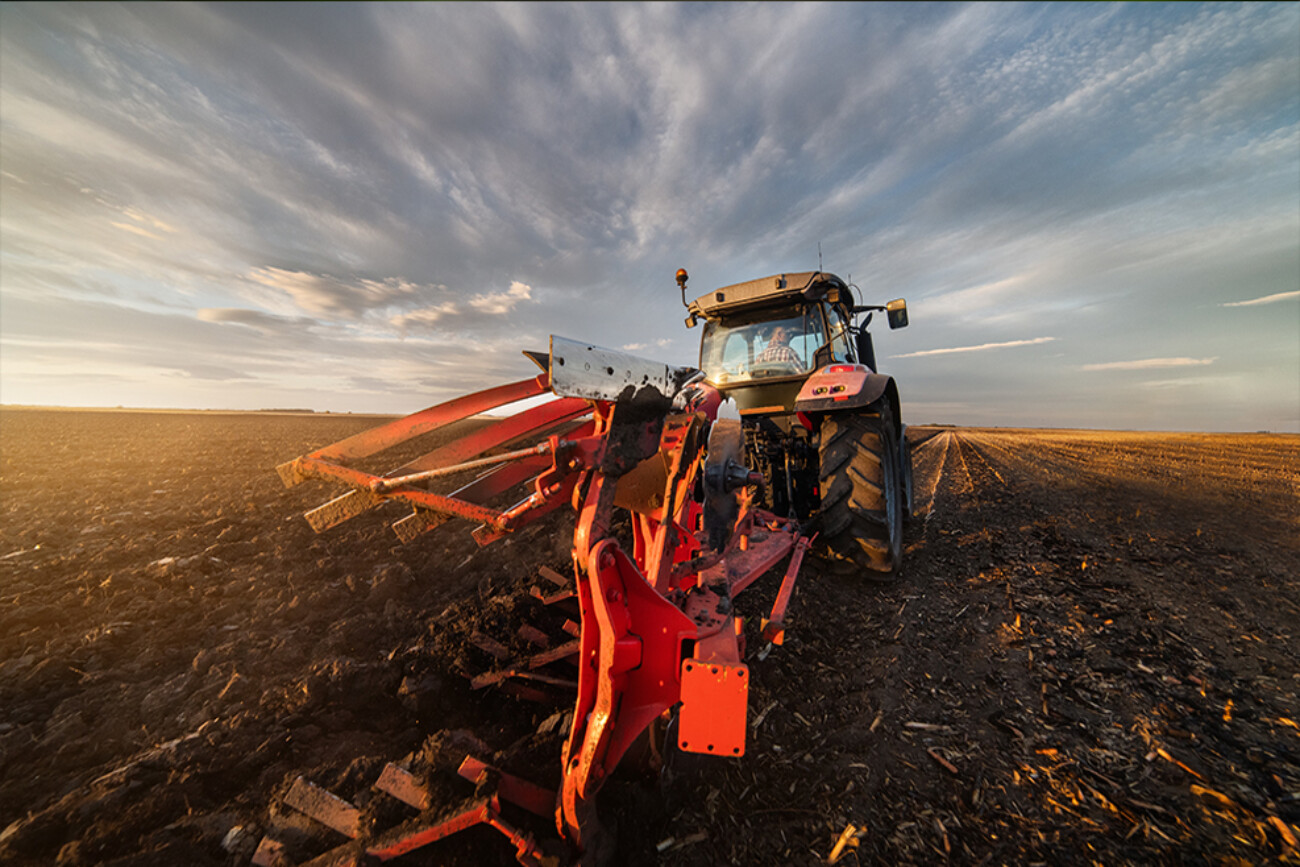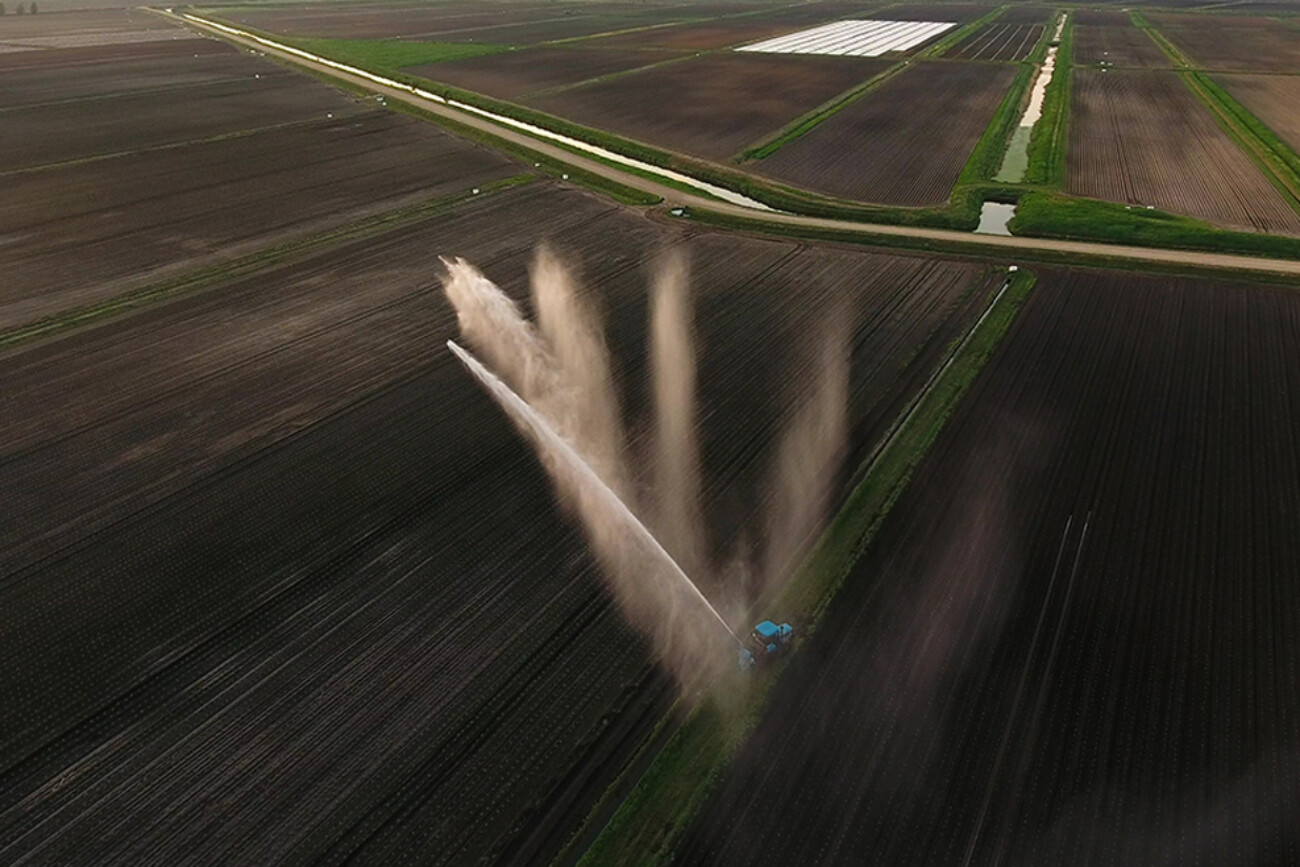Global Macro Economic Outlook
2022 promises much volatility on the geopolitical and economic fronts. Military maneuvering in Eastern Ukraine will lessen the appetite of financiers and insurers in the region and we can but hope for a chance to reinvest, but that is surely not now. Taiwan is firmly in the sights of the Chinese, but we think they will wait until they are certain of victory/non-opposition. That day will come but it neither is today. The overriding sentiment is that the US is distancing itself from non-strategic interests and the Chinese will not be filling in those gaps. This new paradigm means that large swathes of the planet will become un-investible in our view and that a geographic flight to quality is in its early stage.
The leading economic question in the US is inflation. Again and again the Fed has proven to be wrong in its assessment of a transitory phase and indeed has lost sight of its very strict mandate. It is now clearly battling a surge and as ever these are difficult to turn around without aggressive actions, which we doubt the Fed will be able to accomplish without a vicious market correction. At best they can raise by 200 bps before having to re ease. Ergo, our view is that we will have to live with inflation for a few years to come and hope that it does not drive the US economy into a recession. We doubt that higher rates will do anything substantive to cure supply chain backlogs either. Recent inflation data confirms the obvious trend and indeed turns up the heat to incandescent. Powell may be nominally in charge at the Fed, but our view is that he has lost control. Our base case is stagflation meaning negative real rates, flat growth and a Dollar devaluation. All of which bode well for Emerging Market economies and currencies in the longer run.
The overriding sentiment is that the US is
distancing itself from non-strategic interests
and the Chinese will not be filling in those gaps
In the short term, rate hikes in the US present problems for EM economies and currencies but some like Brazil have already started their own hikes some time ago and will likely suffer less. Others, like Mexico, will be starting in earnest at a time when their domestic conditions favor the opposite. Most Latin American economies are printing current account deficits and having the extra pressure of devalued local currencies is not helpful. However, we think the hikes will be transitory and the US will return to an easing stance before too long. This is an excellent time to be financing exporters that are paid in US Dollars while holding inventory over goods whose value is well guarded from inflation.
Elections loom in Brazil and the prospect of the leading candidate in the polls, Lula, can potentially increase risks in the sector. The usual land reform diatribes will ensue, and we must be cautious attaching land to our structures in light of any legal changes that a Lula government might bring.
Apparently, Powell isn’t the only one to have lost control because we can point to Turkey as a case study in what happens to a currency when you ease into an inflation cycle. The USD/TRY rate has plunged from 2.5 to 18 through this crisis, which despite some not so clever or subtle prestidigitations by the President, has every intention of worsening. As we have stated for multiple years, this makes Turkey un investable at this time which is truly a shame. The big question on how they are going to repay or refinance their hard currency debt when central bank reserves are negative, is about to be answered. We are very likely staring at a default that will have negative repercussions on Western European banks active in Eastern Europe and likely present opportunities to us.
We start the year optimistically because insurers and banks are active
again and with higher soft commodity prices set to continue,
the pace and scale of financing can only increase
We decline additional comment on Argentina because they are so far from repair that they cannot even agree an IMF line. We will likely avoid all exposure for a while to come.
However, we note with interest the health of most Asian economies, not only on a current account basis but moreover on central bank foreign exchange reserves and will be looking to originate loans to replace what would otherwise be our Ukrainian exposure.
Overall, we start the year optimistically because insurers and banks are active again and with higher soft commodity prices set to continue, the pace and scale of financing can only increase. We continue to fix our borrower choices alongside our macro views and while these are shifting, we feel we have enough pipeline to achieve our goals globally. Moreover, a portfolio of substantially secured, short term dollar loans yielding 8% seem to us as presenting value in a world of negative real rates.
Agricultural Commodities Outlook
Across the board, agricultural commodities have risen throughout 2021. We believe there are three factors generally affecting prices today: (1) inflation, (2) protectionism and national stock building, and (3) rampant speculation. While the first two are fundamentally sound, the last is driven by momentum in an overly exuberant market. We address each in turn.
Speculative forecasts of the coming year’s inflation range from 2% at year-end to double-digits. Focusing on food inflation, prices in 2021 are expected to have increased by up to 7% in the US; however, commodity prices would suggest this figure should be much higher (PPI farm-level prices show between 37-51% inflation). While the latter drives the former, we believe that food prices at the consumer level can only increase by so much before instability arises. In the poorest regions around the globe, where food security is at its lowest, food inflation is reaching levels over 20%. Unrest is almost certain, as these regions are unable to bear the brunt for much longer. We believe the inflationary effects on farm-level agricultural commodities are well ingrained in their prices. While our expectation is that consumer-level inflation will be sustained throughout the year, we believe there is a limited affect at the raw commodity level.
Food is perhaps the most important part of any consumer’s daily needs, and so has a high level of inelasticity. As such, government intervention and protectionist policies may be on the rise around the globe as a means of curbing food prices locally. While price controls are unlikely, subtler policies can be employed. In China, we believe there will be continued stock building throughout the year in corn, oilseeds, and cotton. In all these commodities, China traditionally keeps a high level of stocks; in corn and oilseeds for animal feed, where demand is ever-increasing, and in cotton as it rebuilds its strategic reserves, a good portion of which was sold in the latter half of 2021. In Russia, a wheat quota and increased taxes on wheat exports was employed, albeit at levels that are immaterial to its expected exports. However, the road is now paved to reduce quotas further if need be; this improved optionality is strategic and may come in to play if the region breaks out into a larger conflict.
We believe that agri-commodities are priced at levels beyond
these explanations, some due to an increase
in speculative market activity
Inflation and the potential for protectionist policies all support elevated agri-commodity prices, but only so much. We believe that agri-commodities are priced at levels beyond these explanations, some due to an increase in speculative market activity. In corn and cotton we believe supply and demand dynamics do not support pricing levels and would expect them to both correct downwards in the coming six months. We see a similar dynamic in coffee futures’ prices, but we do believe this is somewhat explained by lower supply across the globe and increasing demand. Supply of high protein wheat is under pressure, thus supporting its current price level and its higher net short position from commercial operators. In sugar we also see a large net short position, suggesting that prices may continue their route lower; however, having already come off their highs by around 10%, and knowing that supply of sugar can have more drastic swings, we believe current prices have less downside risk.
Oilseed supply suggests that prices could go lower; however, vegetable oil and meal supply indicate that prices could be higher. Given veg-oil and meal are derived from oilseeds, these prices are well correlated, and this explains the current tug of war. We believe the difference in supply between raw oilseeds and their outputs is a consequence of lack of efficient crushing capacity across the globe. In time a bifurcation in prices between oilseeds and their oils and meals will emerge, thus widening crush margins. We expect this trend to be lasting beyond 2022, as an adjustment in capital expenditures to increase crush capacity is the natural way to correct this and is a longer-term proposition. The beneficiaries of this trend will be existing crushers. Importantly, we note that canola and rapeseed are at their highest prices ever after an exceptionally low harvest in Canada. While supply dynamics support an increase in prices, their level has become unnatural and the expectation of a precipitous decline in this oilseed is high.
Nord45Partners ©2022


